It is from our Aoraki that the story of the Arowhenua people should begin. The relationship between our people and the land begins in the ancient times of Aoraki and the creation of the South Island.
The story of Aoraki and his brothers has been passed down through many generations of our people and has endured across both time and tribe to continue as a creation mythology of high importance to us.
Kia tuohu koe me he mauka teitei, ko Aoraki anake –
If you must bow your head, then let it be to a lofty mountain
Aoraki was the son of Rakinui, the sky father. Along with his brothers he left the heavens in a canoe to visit Papatūānuku. They explored the earth and the seas, sailing their powerful Waka through the dark empty Southern oceans. Shortly after, Aoraki and
his brothers became hungry and began fishing. They were unsuccessful and as a result decided to return to the heavens, to the domain of their father Rakinui. Aoraki started the incantation needed to launch their
massive waka into space, free of the earth’s surface to take them back to the heavens, but his courage wavered momentarily as he was distracted by the fearful cries of his crew. At this crucial stage he faltered before completing the words to release them.
The waka had partially begun its separation into the void but only the bow had lifted with the main body of the waka and the stern remaining firmly held in the dark, cold, ocean. As the incantation stumbled into error, the upward flight lost momentum and the bow and forward part of the waka crashed back to the surface. Thus the prow of the waka was smashed into many fragments, which you can still see as the many islands and deep sounds and fissures at the north of the South Island.
After this crash landing the great canoe overturned and Aoraki and his brothers were forced to climb onto the back of it to avoid drowning. They were stranded in the ocean with no way to return home and eventually the broken incantation caused the canoe and the crew to be turned into stone.
The bodies of Aoraki and his brothers, all of them great chiefs in their own rights, were eventually changed into mountains forming theSouthern Alps, with Aoraki the eldest brother being the highest.
The canoe became the South Island, and is known
by Māori as Te Waka o Aoraki – The Canoe of Aoraki. Aoraki and his brothers thus became the first mountains in New Zealand.
For many years after the disastrous episode suffered by Aoraki and his siblings there was only a stark and rocky landscape u erly devoid of life, fresh water, and other features required to sustain habitation.
It was the deeds and actions of Aoraki’s relatives, whom later become the atua – demi gods of the tribal peoples of Waitaha, Rapuwai, Kāti Hawea, Kāti Mamoe and Kāi Tahu, which eventually transformed the landscape. Various forms of life were introduced so that the fate of these sacred relatives, the original crew would not be in vain, the land no longer barren and uninhabitable to human beings.
This creation story of the landscape surrounding Arowhenua is a central tradition for the Waitaha, Rapuwai, Kāti Hawea, Kāti Mamoe, and Kāi Tahu tribes from which the local hapū Kāti Huirapa carry descent.
It is largely on this basis, and as the principal marae in the region, that the Kāti Huirapa and Arowhenua people assume responsibility as kaitiaki - guardians to Aoraki – Mt Cook and the surrounding areas.
Joe Waaka, Mackenzie District Plan 1999.


